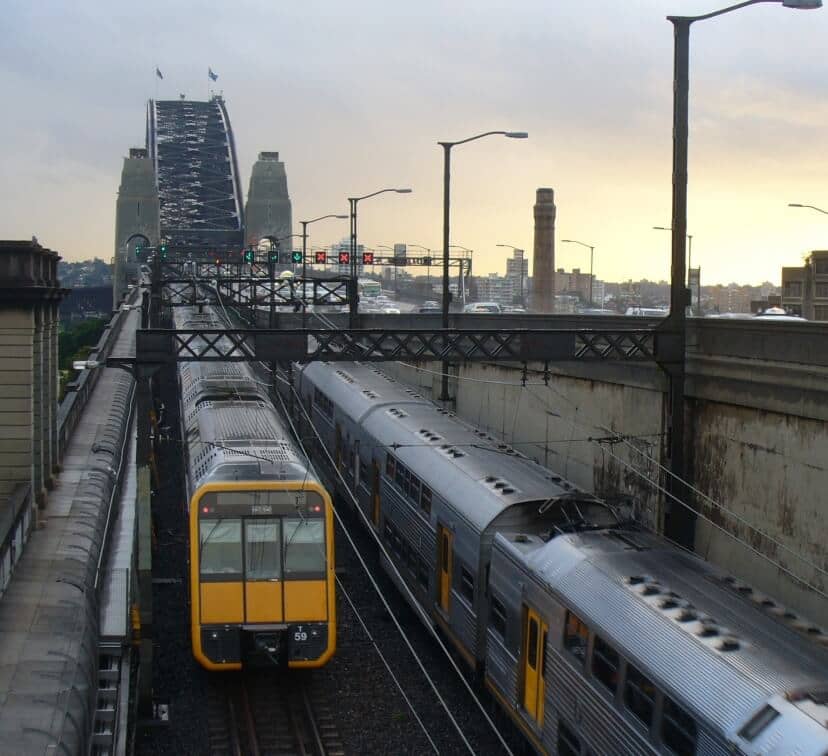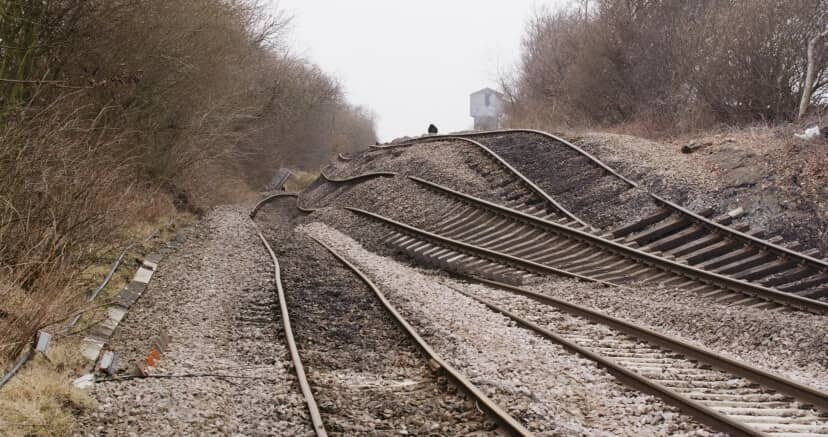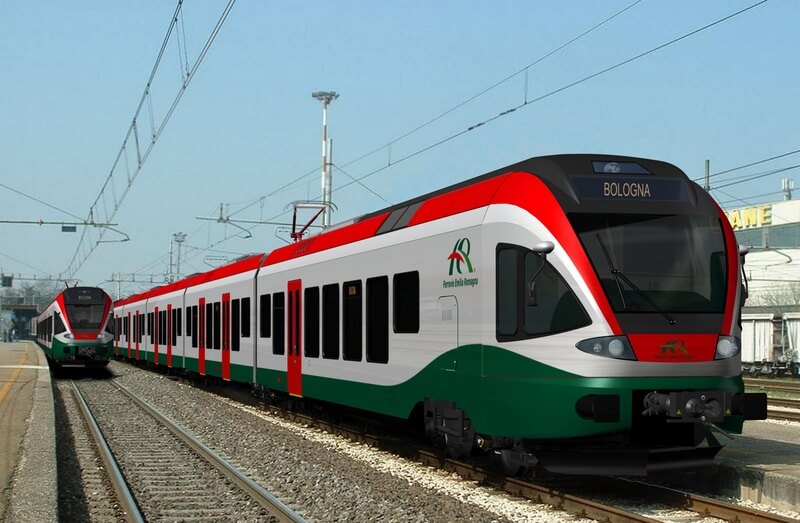PASSENGERS WITH HEARING LOSS DESTINED FOR CONFUSION OR DISTRESS UNTIL
TRAIN COMPANIES AND STATIONS IMPROVE REAL-TIME INFORMATION
UK charity Action on Hearing Loss is urging train companies and stations to ensure they provide accurate, real-time visual information to avoid confusing or severely inconveniencing passengers who are deaf or hard hearing.
Action on Hearing Losss call comes as the charitys chief executive, Paul Breckell, appears as a witness at the Transport Committees first oral evidence session on access to transport for people with disabilities today (Monday 11 March 2013).
Mr Breckell will be highlighting that people with hearing loss plan their journeys in the same way as other passengers but often face real difficulties when changes happen just before or during their travel if the information is not communicated visually, immediately and accurately.
The charity has a catalogue of complaints from people with hearing loss who didnt receive accessible information about changes to their rail, bus, coach or plane journeys so experienced a poorer service in comparison to other passengers. In some cases, they ended up in avoidable traumatic situations such as arriving at a London train station instead of Bristol or being stuck on the back section of a train which was terminated whilst the first section continued to its destination.
Chief Executive of Action on Hearing Loss, Paul Breckell, says: Although access has improved for passengers with hearing loss in recent years, people who are deaf or hard of hearing still face many challenges getting real-time information when using the transport network. A minor change, such as a platform alteration or a delayed connection can very quickly become a confusing or distressing situation for someone with hearing loss if they arent informed about what is happening.
Its vital that train companies and stations provide immediate and accurate visual information to avoid leaving deaf or hard of hearing passengers standing or heading in the wrong direction!
Action on Hearing Losss tips to help train companies and stations meet the individual needs of passengers with hearing loss include:
- Provide all travel information especially changes visually, accurately and in real-time.
- Ensure staff are trained in basic deaf awareness so that they can communicate effectively e.g. always facing passengers and speaking clearly.
- Locate information desks in well-lit, quiet areas so that passengers with hearing loss do not experience too much background noise and can better lipread staff.
- Ensure a hearing loop is available at information desks and there is a regular process to check that they work. Loop systems can help hearing aid wearers to hear the voice of staff over background noise.
To read Action on Hearing Losss evidence to the Transport Select Committee, visit www.actiononhearingloss.org.uk/transport










